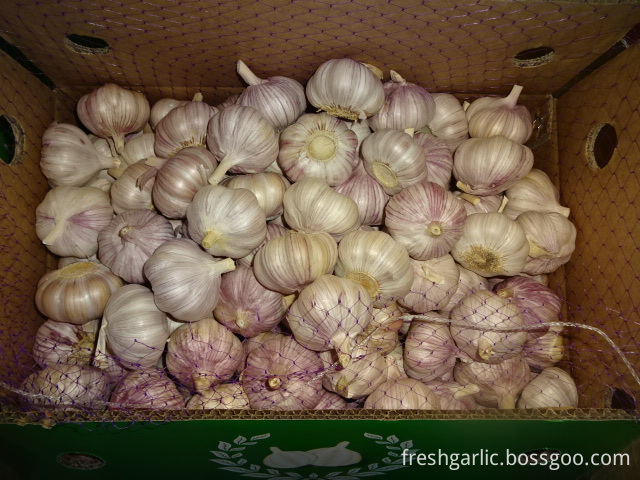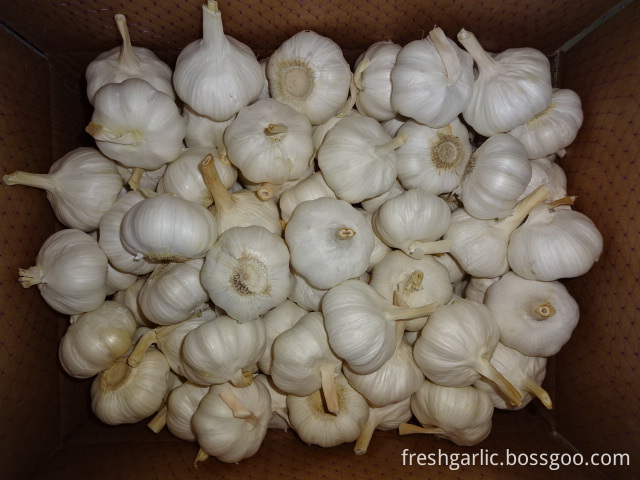Second, dehumidify and keep warm. Immediately after the lamb is produced, the mouth, nose, eyes, and mucus in the ear are wiped clean with a clean cloth, and the ewes are drained of the lamb's body. When the ewes do not want to lick, they can sprinkle some bran on the lamb, or Apply the mucus on the lamb to the ewe's mouth to lure it. And the fire heating, quickly drying the lamb's hair to keep warm. Third, rescue. When you encounter a suspended animation of a lamb, wipe it immediately with a clean white cloth to remove dirt from the mouth and nose. If the lamb inhales mucus and has trouble breathing, hold it on the back of the lamb and hang it on the chest and beat it on the chest to spit it out. If ineffective, put the rubber tube into its throat and suck out the mucus. In cold weather, when the lamb is frozen and frozen, while warming up, quickly bathe in warm water at 38°C, gradually convert hot water to 40-42°C, soak for 20-30 minutes, and pull it out to dry quickly. Put into the warm place of the fire. Fourth, eat milk early. After the lamb is born, let it eat colostrum early to obtain higher maternal antibodies. The milk secreted by the ewes within 1 week after delivery is called colostrum and is a very natural food for newborn lambs. The colostrum has a high concentration, a high nutrient content, a large amount of antibody globulin and a rich mineral element, which can increase the disease resistance of the lamb and promote the healthy growth of the lamb. Fifth, keep warm and warm. Lambs are deviated from their mothers, and their body temperature regulation centers have not yet been well developed. In spring, the weather is changeable. If one does not pay attention to keeping warm and cold, it is easy to get cold and get sick. The sheds should be built on the leeward side of the house, where the urine should be diligently excreted and soiled and cleaned. Lambs are often covered with hay and dry soil. When the weather is cold and rainy, the doors and windows of the lambs are to be covered with thick straw curtains. Fire and heat, but also to prevent the rain to wet the lambs, sheep during the day to outdoor activities, to accept fresh air and sunlight, more sun to increase the body's vitamin D and cholesterol levels, promote the development of lamb bones, enhance resistance, for the lamb to create A clean and warm living environment. Six, timely feeding. In the first month, the lambs mainly rely on breast milk for nutrition. However, with the increase of the age, the expansion of stomach volume depends on the fact that the mother's milk can not meet the nutritional needs of the lamb's growth and development. Therefore, the forage must be fed in time. After the lamb is born, it is supplemented with grass for 15 days. The quality of fresh pasturage is the main factor. Fresh dried grass is suspended in the air or allowed to feed freely. From 20 days onwards, the diet was adjusted and the fried beans were ground. Add a few drops of goat's milk, mix it with warm water into a paste, and put it into the feeding trough, let the lamb smell and eat, 20 grams a day or so, so that 2-4 days can learn to eat, after which you can gradually replace the open food with feed.
Fresh Garlic has been used as both food and medicine for thousands of years. Fresh garlic contains many nutrients, including phosphorus, potassium, calcium, protein and vitamins B and C. Try to use it on a daily basis to achieve the greatest health benefits.
For fresh garlic ,there are two varieties of garlic: one is Normal White Garlic (with some purple stripes on the skin of the bulbs) and another variety called Pure White Garlic (or snow White Garlic) which does not have any purple stripes on the skin.
Fresh Garlic Fresh Garlic,Fresh White Garlic,Preserving Garlic,Natural Garlic JINING FORICH FRUITS & VEGETABLES CO., LTD. , https://www.forichgarlic.com


Newborn lamb nursing six methods
First, umbilical cord disinfection. Over the years, some lambs have been suffering from tetanus, mainly because of the lack of knowledge about disease prevention. When they are delivered to sheep, they use unsterilized scissors to cut the umbilical cord or use unclean lines to ligate the umbilical cord, and even do not sterilize and sterilize the umbilical cord. Tetanus bacillus develops infection through the umbilicus. Therefore, after the lamb is born, the umbilicus wound is washed with 3% hydrogen peroxide, and the umbilical cord is cut off with sterile scissors. The umbilical cord is clamped 5 cm away from the umbilical cord and the umbilical end is coated with 3% iodine to kill the bacteria. . Lambs can also be injected subcutaneously with 1500 units of tetanus antitoxin to autoimmune the sheep.